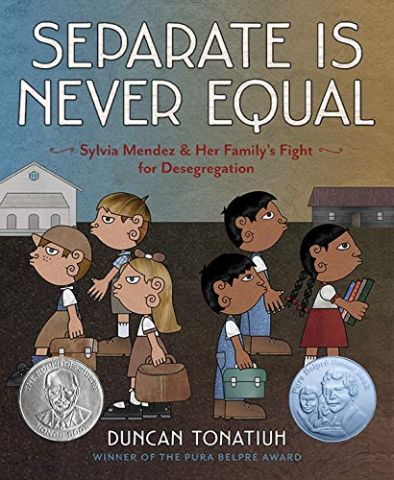Separate is Never Equal

1. Engage students in the ramifications (emotional, physical, and academic) of unequal treatment
2. Engage students in understanding how equity and equality are not always the same and making something fair does not always mean making it equal
3. Probe students to think about how a person’s actions can indirectly affect other actors in a dilemma
This is the account of the Mendez v. Westminster School District (1945) case which fought for desegregation of schools and paved the way for the landmark decision Brown v. Board of Education (1954). In California, Sylvia Mendez and her siblings were forced to go to a school designated for Mexican children rather than their district school. The school designated for Mexican students was sorely under-resourced when compared to the school for white students, and attendees received a subpar education that gave little attention to academics. Her parents decided to sue the district, and after two court cases, it was decided that separate education for Mexican children within Orange County was unfair. Sylvia, alongside other Mexican children unfairly relegated to the “Mexican” school, were able to attend the school previously reserved for White children.